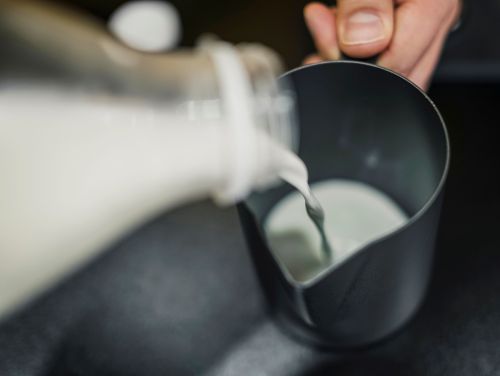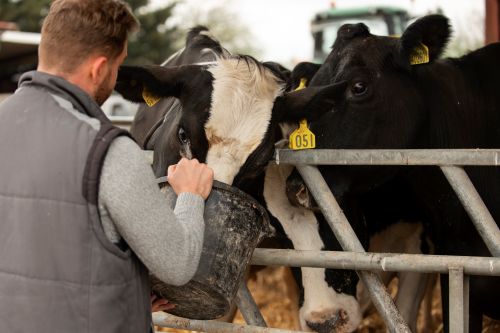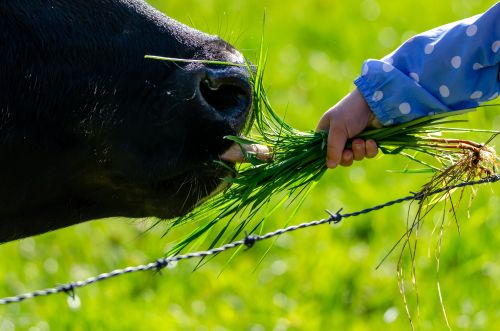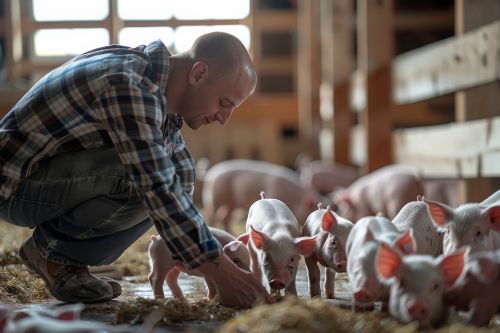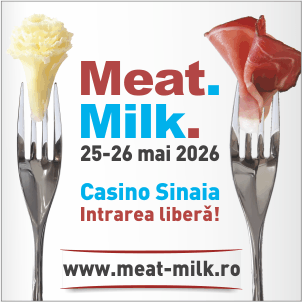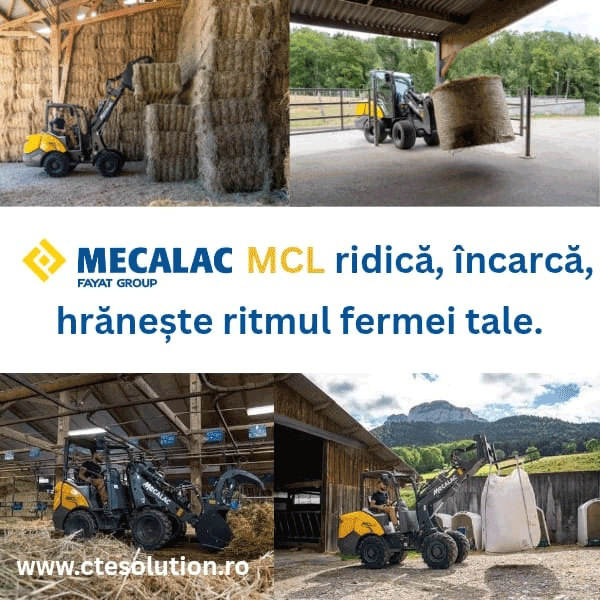591
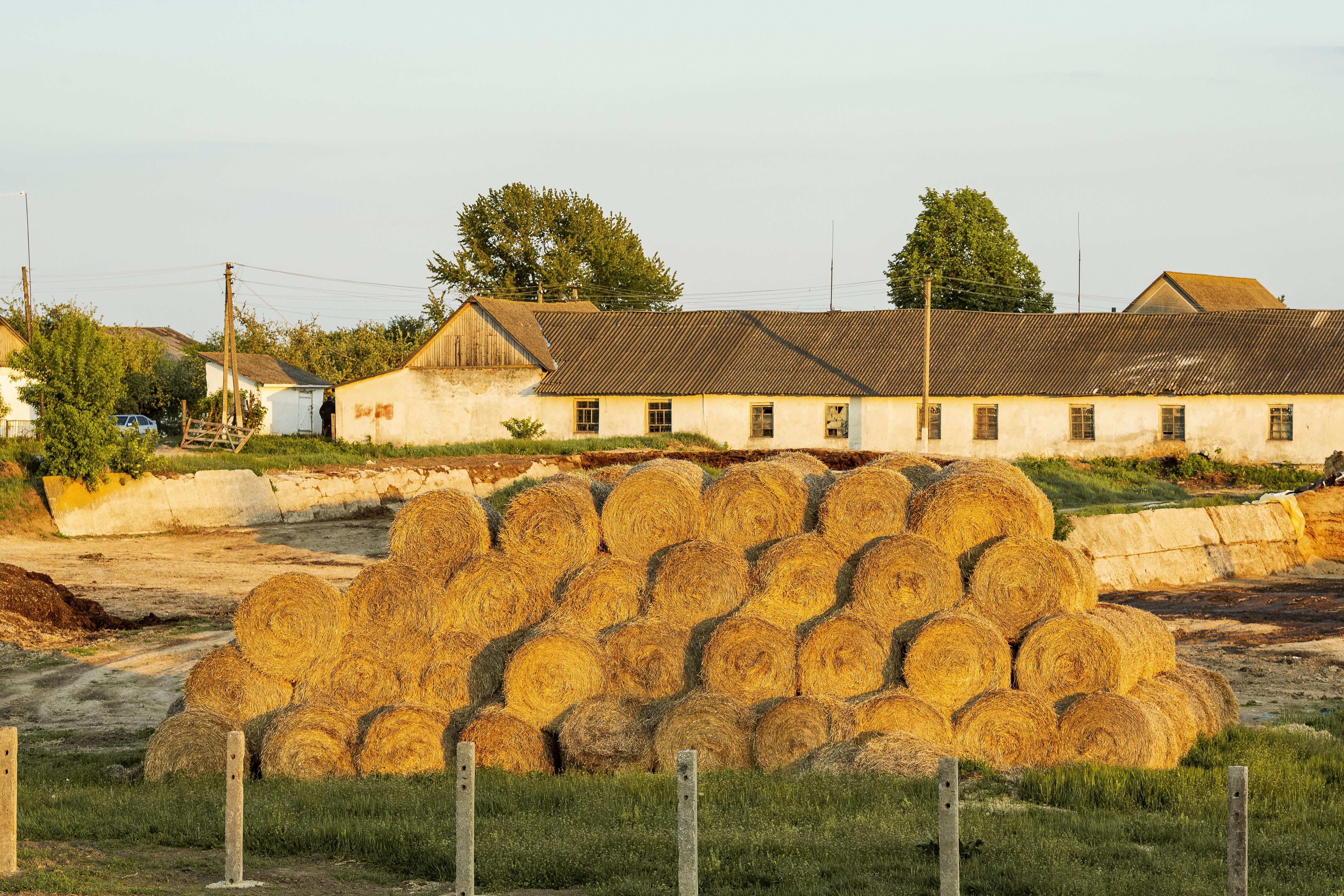
Fattening farms represent the final component of the livestock chain before slaughter. Their role is to efficiently convert feed into body mass through controlled technologies and standardized batches, aiming to obtain animal products with optimal commercial yield: beef, pork, poultry, or lamb. These farms are not involved in reproduction or processing, but solely in the final stage of the production cycle, which gives them high operational efficiency but also...
Operating principle
Fattening farms operate based on feed rations strictly calculated according to the weight, species, breed, and age of the animal. The objective is to reach slaughter weight within an optimal time frame, with the lowest possible feed consumption per kilogram of weight gain.
Example:
- Cattle: fattening from 250 to 550 kg, with daily gains of 1.1–1.4 kg.
- Pigs: fattening from 25 to 110 kg, over a period of 90–120 days.
- Broilers: 1.5–2.5 kg in 35–42 days, with a feed conversion ratio of 1.6–1.8 kg feed/kg gain.
Feed conversion is the main economic indicator: a difference of 0.1 units in specific consumption can generate savings of thousands of euros per batch. For this reason, modern farms are fully automated: watering, ventilation, feed dosing, lighting, cleaning.
Infrastructure and technologies
Fattening farms include:
- Housing spaces by weight category;
- Ventilation and cooling systems (especially for pigs and poultry);
- Manure platforms and waste management systems;
- Quarantine and treatment buffer areas;
- Weighing, sorting, and body evaluation equipment;
- ERP software for traceability, batch management, feeding, and health monitoring.
In the cattle sector, some farms use “feedlot” systems (dry pastures with mixed feed supplements), while others raise young stock in semi-open shelters under intensive systems. In the pig sector, industrial fattening units can handle over 5,000 animals simultaneously, in weekly production flows.
Situation in Romania
According to data from MADR and ANSVSA (2024), Romania has over 1,500 commercial pig fattening operations, more than 600 for beef cattle, and several dozen large-scale units for sheep. However, fewer than 20% of these farms are truly industrial; the rest operate under semi-intensive or family-run systems.
Romania imports over 1.2 million piglets for fattening and more than 80,000 calves annually, due to the lack of a solid domestic breeding base. Thus, fattening farms become essential for food sovereignty but require support to cover feed costs (which can account for 65–75% of total expenses).
Financing and performance
Investment in a fattening farm ranges between €300,000 and €2 million, depending on species, capacity, and technology. Farms can access funding through DR-20 and DR-22 measures (investments in farms and animal welfare) from the CAP Strategic Plan 2023–2027, with extra points awarded for digitalization, energy efficiency, and emission reduction.
In conclusion, fattening farms are key economic pillars in the meat supply chain. Their performance depends on feed efficiency, veterinary control, and quick market access. Public support and technological investment are vital to transform these farms from “volume links” into “profit centers” of modern livestock farming.
(Photo: Freepik)
